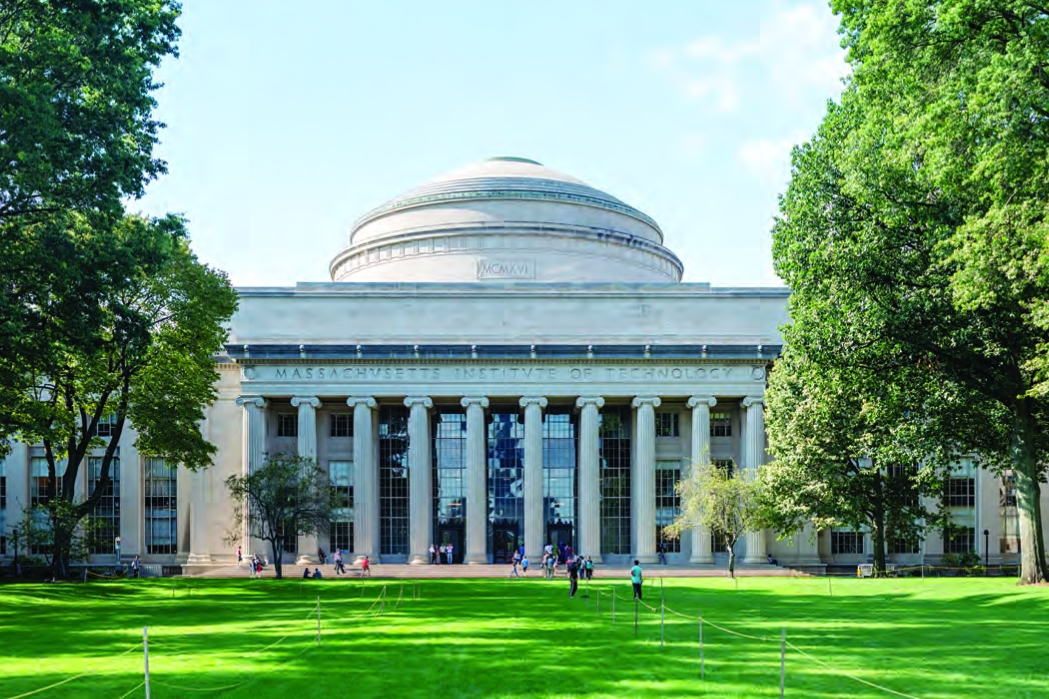
MIT has released demographic information for this fall’s incoming first-year class. The Massachusetts Institute of Technology, one of the nation’s most highly selective four-year universities, announced last week that its incoming first-year class is less diverse than in previous years, attributing the change to the Supreme Court’s affirmative action ban.
The school published the demographic data on the class of 2028, the first class admitted since the Supreme Court’s decision to strike down affirmative action in college admissions last year, indicating a steep drop in Black and Hispanic undergraduate student enrollment.
“We expected that this would result in fewer students from historically underrepresented racial and ethnic groups enrolling at MIT. That’s what has happened,” said Stu Schmill, dean of admissions and student financial services, in an interview published by the school.
Among the class of 2028, just 5% identify as Black or African American, a sharp decline from 16% in the class of 2027. The institution also recorded a drop in Hispanic or Latino student enrollment from 16% to 11%. Native American and Pacific Islander students made up 1% or less of the incoming cohort.
Simultaneously, the percentage of Asian American students rose from 40% last year to 47% in the new class. The total enrollment remained about the same in the classes of 2027 and 2028. (These figures do not include international students.)
The data comes amid concerns that the Supreme Court’s move in June 2023 to ban race-based admissions would impact students from historically marginalized backgrounds, particularly Black, Hispanic and Indigenous applicants.
Harvard University, one of the schools at the center of the Students for Fair Admissions Supreme Court case that led to the ban on affirmative action, has not released racial or ethnic demographic data for its incoming firstyear class.
Because
of the Supreme Court’s decision, MIT was “unable to use race in the
same way,” Schmill said, a change “reflected in the outcome for the
Class of 2028.”
In a
separate announcement, MIT president Sally Kornbluth said the incoming
class would “bring an inspiring influx of new talents, interests and
viewpoints,” as has been the case among the institution’s previous
first-year cohorts. “But what it does not bring, as a consequence of
last year’s Supreme Court decision, is the same degree of broad racial
and ethnic diversity that the MIT community has worked together to
achieve over the past several decades,” she said.
School
officials took care to emphasize that the decline in diversity did not
indicate that MIT had previously admitted underqualified students.
Schmill
highlighted that “the MIT education is strongest when our student body
is, above a high bar of academic excellence, broadly diverse,” he said,
adding that MIT students have touted the school’s diversity as one of
its selling points.
“It
should not really be surprising that today’s students prefer a diverse
campus community: They come from the most multiracial, multiethnic,
multicultural generation of Americans that has ever existed,” he said in
the interview. “So another reason we care about diversity is that it
makes us the strongest magnet of talent for the next generation of
scientists, engineers and knowledge-creators.”
If
diversity at MIT continues to trend downwards, “the reputation of the
institution will be tainted,” said Joseph Cooper, professor of sport
leadership and administration and special assistant to the chancellor
for Black life at the University of Massachusetts Boston.
“It will not be viewed as a destination where people from all backgrounds are welcomed and supported,” he said.
Such
a shift, he added, would also be a disadvantage to “qualified Black
students who deserve a chance to be admitted into the school and to
benefit from the resources.”
Cooper
said he was “not shocked,” to hear the news about the precipitous drop
in Black student enrollment. Given the Supreme Court’s decision barring
race-based admissions in colleges and universities and ongoing backlash
against diversity, equity and inclusion practices, he knew “that many
institutions … would be impacted.” MIT, he said, should take steps to
address the matter.
“There
has to be a kind of a marketing … of how they are going to sustain and
increase their diversity in spite of the recent Supreme Court decision,”
Cooper said.
Kornbluth
said the school would continue to follow the law but would also “seek
out new approaches” to ensure the “opportunity pipeline is wide open.”
She added that the school would continue to commit to keeping its
undergraduate offerings affordable, invest in outreach programs and
improve access to STEM in K-12 schools.
“We
need to take this challenge on together … with all the dedication and
ingenuity people count on from MIT… ,” she said, “so we can ensure a
fantastically talented, vibrantly diverse MIT community in the years to
come.”